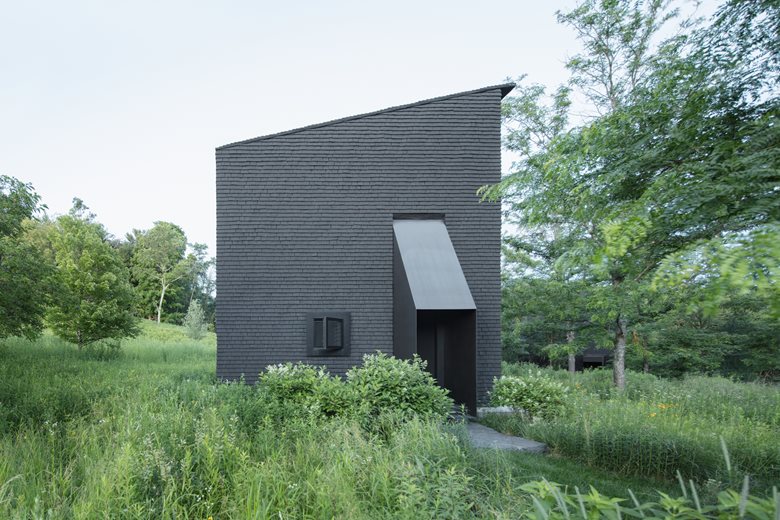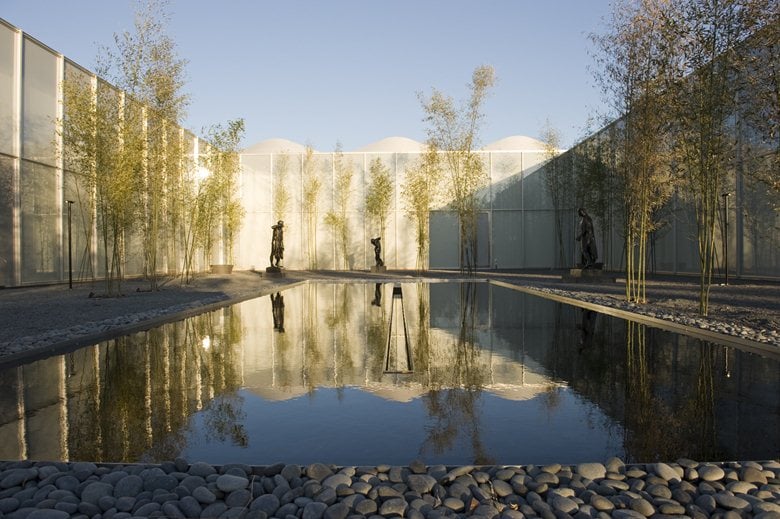Thomas Phifer and Partners
Architecture Firm New York / United States
 4
4
 32
32
Ghent House
United States / 2020
 44
44
Hudson Valley House II
United States / 2018
 1
1
United States Courthouse
Salt Lake City / United States / 2013
 3
3
North Carolina Museum of Art
Raleigh / United States / 2010
The best architecture strives for design excellence. It’s not a quality that’s easy to define but we recognize it when we see it. It doesn’t reside only in form, style or materials. It’s reflected in the deeper attributes of appropriateness, proportion, attention to detail and celebration of craft. It’s expressed in neighborliness and a democracy of spirit. Buildings marked by design excellence are connected to their surroundings and embody the culture of the places they inhabit. They are simply open and accessible. They are built, first and foremost, for the people who use them. Their design is rooted not in fashion - of form or theory - but in the very activity by which they are realized. At Thomas Phifer and Partners we focus on the making of architecture to realize excellence in design.
All architecture is grounded in the technology of its time. That was as true of the ancient Greek temple as it is of the curtain wall buildings of today. Technology defines the possible. In the twentieth century architecture has used the vastly expanded possibilities of advanced technology to erect barriers: buildings that close out the natural world and then compensate by creating artificial environments of light and air, heat and cold within. Such “progress” has come at high cost - financial, ecological, physical and spiritual.
There is another way. Thomas Phifer and Partners makes innovative use of technology to create architecture with a different spirit: architecture that connects us with nature, rather than separating us from it. We take our instructions from the environment, allowing the elements of nature to inform design. We strive to make architecture that is enriched by the awareness of location and landscape, the movement of the sun, the changes in weather. We are challenged to create buildings that foster a sense of tradition and culture, that make permeable the boundaries between inside and outside, that enable their inhabitants to experience the passage of time, through days and seasons.
Our interest in this way of making architecture was stimulated by our work in Europe where resources are more costly and rules about access to natural light and air more stringent and humanistic. In our recent work in North America we’ve combined a mix of traditional materials and techniques with leading edge technology to effect direct and ecologically sensitive solutions to lighting, air circulation, heating and cooling.
In these buildings, as in all our work, we sought a natural economy of elements through order grounded in nature and predicated on conservation. We shaped the character of the architecture through passive solar and ventilation strategies which incorporate ancient principles of air movement. We consciously aimed for simplicity - in planning, use of light and air, building organization and circulation-because it is our experience that simplicity leads to economy, efficiency and improved performance.
Such architecture demands a different process. It can’t be done within the tradition of architect-as-autocrat. The requisite know-how is too complex, the necessary skills too diverse. This architecture requires an egalitarian, collaborative process involving practitioners from a variety of disciplines: structural engineers, services engineers (mechanical, electrical, plumbing), materials researchers, ecological scientists, soils experts, and manufacturers who have too often been kept out of the initial architectural problem-solving process when, indeed, they have important contributions to make.
In this process it becomes the architect’s responsibility to continually challenge the client and the design team to appropriateness and invention. We aim to integrate the art of architecture with technology and environmental imperatives - through the fusion of architecture, engineering and contemporary methodologies and materials. The collaborative process emphasizes interdisciplinary teamwork rather than personal expression and user needs rather than formal conventions. It embraces unity and order through the creative interaction of many previously semi-independent disciplines. It fosters simplicity and integration that result in an inherent economy, not only of money, but of gesture.
At Thomas Phifer and Partners this is the way we work. As architects, we design the building by designing the process. Our clients join with design, construction, manufacturing and scientific specialists in the definition and discovery of appropriate architectural solutions. Our goal is to make architecture in which one can experience surprise, intellectual stimulation, a profound sense of physical well-being and an affirmation of the spiritual unity between man and nature.

The best architecture strives for design excellence. It’s not a quality that’s easy to define but we recognize it when we see it. It doesn’t reside only in form, style or materials. It’s reflected in the deeper attributes of appropriateness, proportion, attention to detail and celebration of craft. It’s expressed in neighborliness and a democracy of spirit. Buildings marked by design excellence are connected to their surroundings and embody the culture of the places they inhabit. They are...

- Thomas Phifer
- Founder
